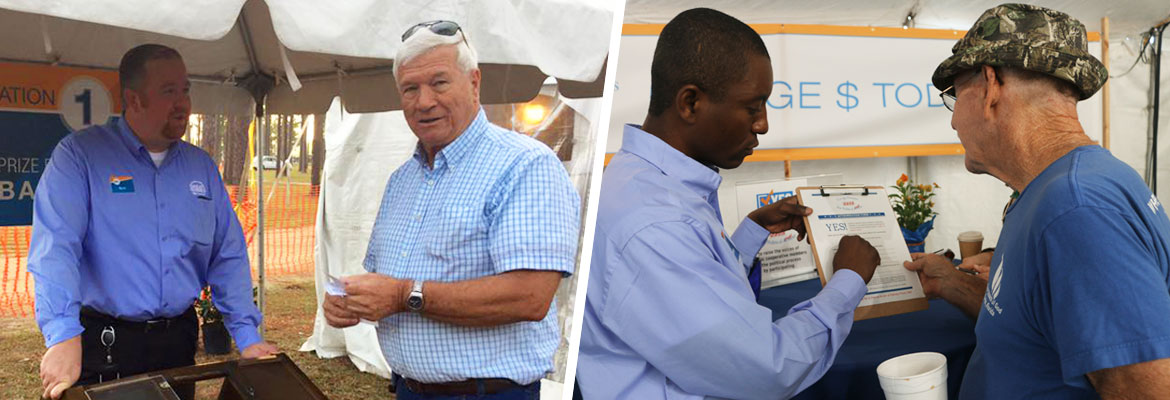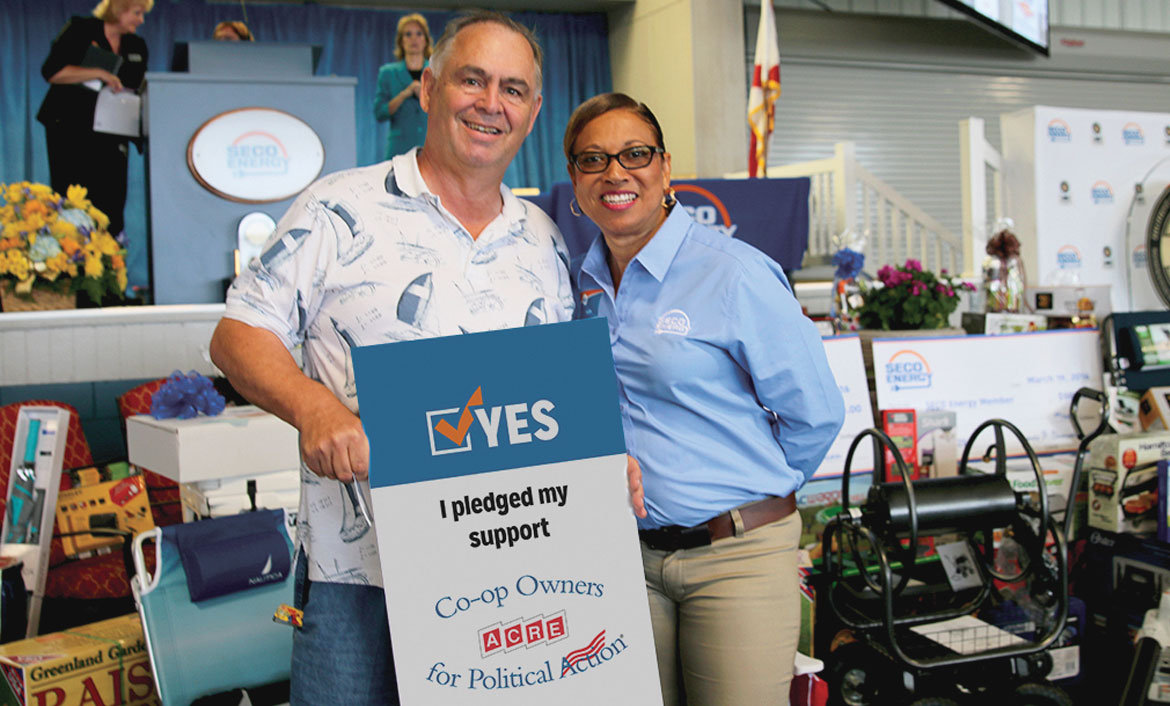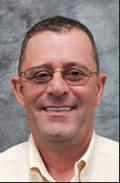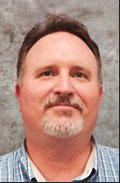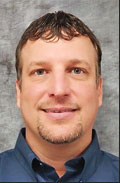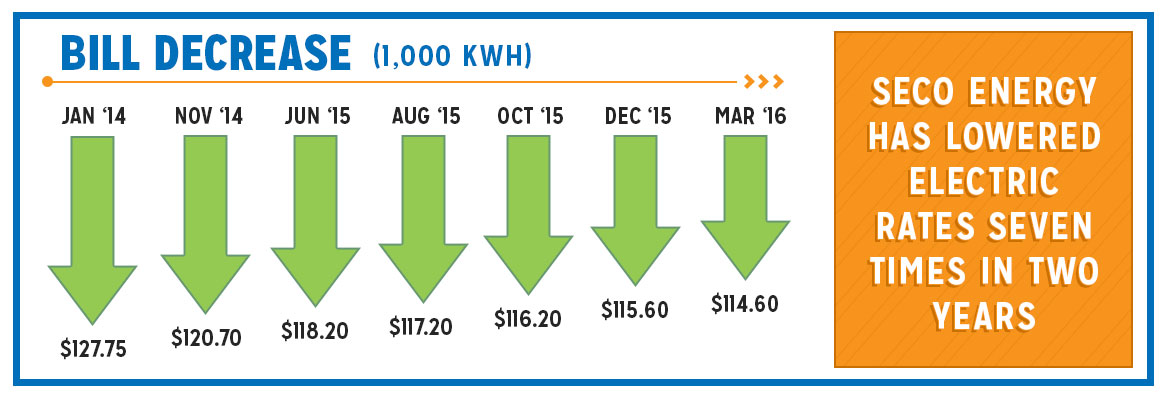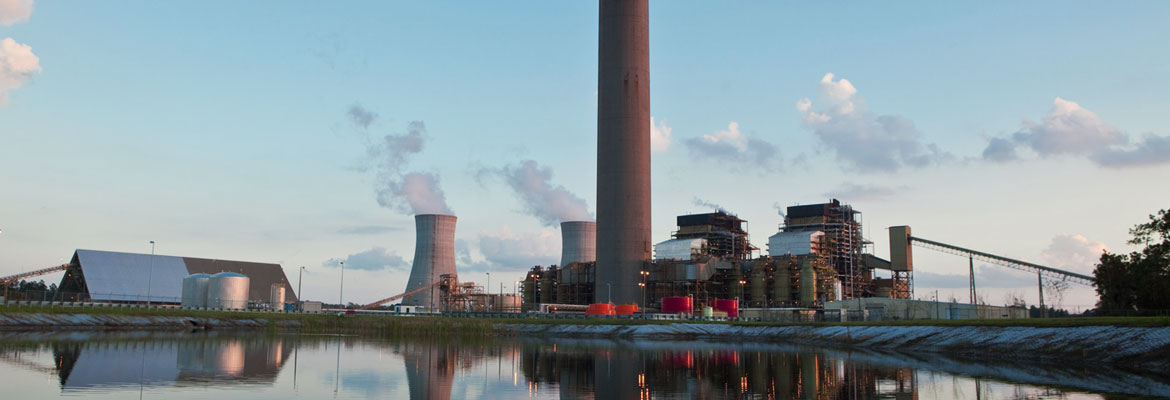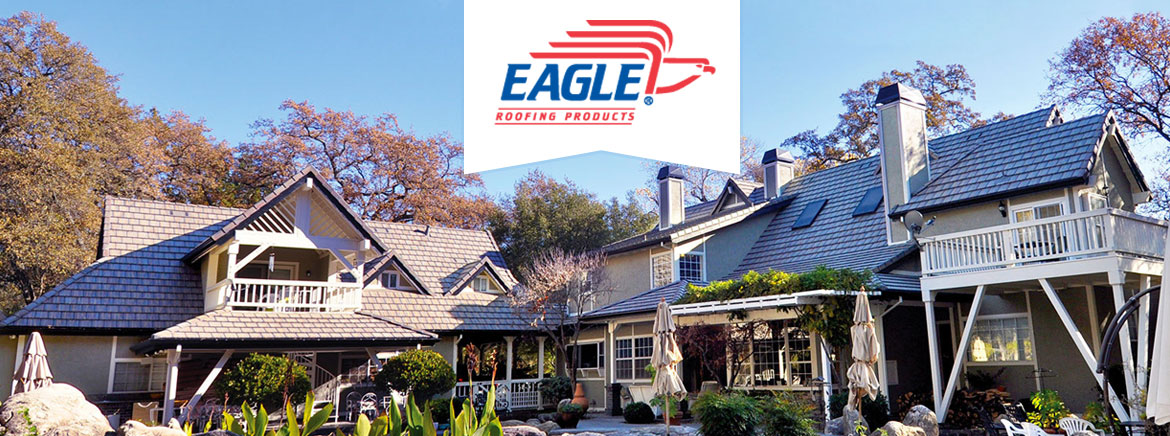
Member Spotlight: Eagle Roofing
Innovation is key to success for Eagle Roofing. Unlike the company’s competitors, this manufacturer of concrete roof tiles has special equipment allowing an easy switch of pigment during production and creating hundreds of unique blends. This results in a wide variety of customized tile colors so consumers can fine-tune their choices.
Besides color, flat tiles are gaining in popularity because of their modern look and because they are easier to install. However, a new product offering is taking center stage. The Eagle Platinum is the next generation of roof tiles. The design has a thermal barrier protectant that helps lower heating bills in winter and cooling bills in summer by reducing heat transmission up to 40%. The tiles are mold, mildew and bacteria resistant and have added UV protection to keep roof color vibrant. No other concrete tile manufacturer in the world guarantees this type of performance.
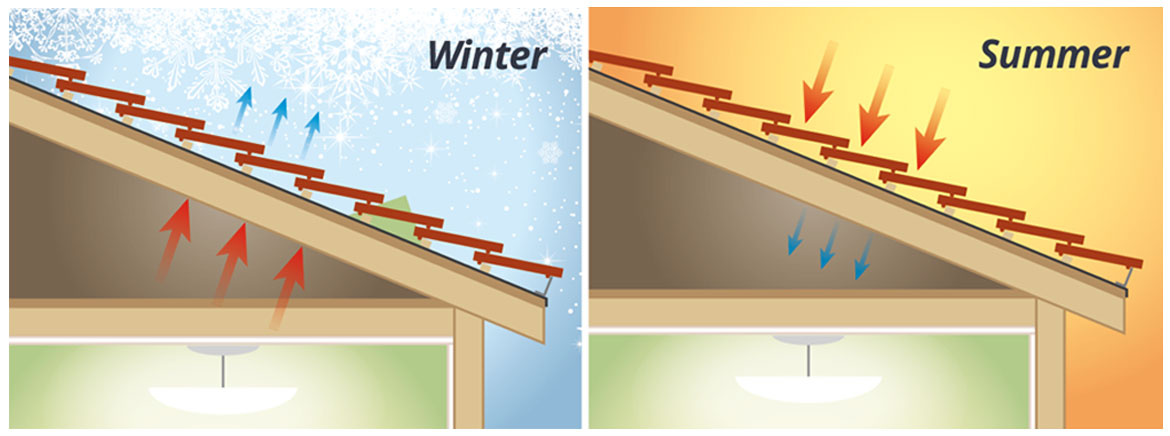
All of this excites Carlo Zancarli, Plant Manager, at the Sumterville Eagle Roofing plant. According to Zancarli, his company has always been very progressive. During the big push to “Go Green,” solar panels started to become popular. However, this never gained a lot of momentum because it took away from the beauty of the roof. He says the same won’t be true with Eagle Platinum. It is a proven winner.
Zancarli is very optimistic about the future. “People are realizing tile roofs are a good value. A quality shingle roof will generally last around 15 years with some discoloration. Tile roofs last 30 – 40 years and beyond as they are more resistant to the elements. If you consider durability and energy efficiency even with the increased labor costs and structural components, tile is a good choice,” says Zancarli.
This year, Eagle Roofing is off to a great start and predictions are it will get even better. The price is right and so is the market share. “Team Eagle” expects to fly high. Right now the company is running two shifts – almost 24 hours a day – with 102 employees and in the very near future will add another 12 – 15 positions. Capacity at the plant is huge and can accommodate 3 or 4 times the current production. The company owns enough land to build another facility if the market demands.
Eagle Roofing, owned by Burlingame Industries and Anderson Columbia, manufactures three different tile sizes and shapes at the Central Florida location. The majority of product is made to order but some of the more popular tiles are kept in stock. Approximately 97% of all product is distributed throughout The Sunshine State with 85% going to South Florida. In addition to the Sumterville plant, Eagle has operations in Arizona and in California.

Is Your Business Camera Ready?
Most people are not well versed in talking with the media and until it’s too late, often don’t understand the power of their words. In business there is a dollar amount attached to every word we speak. So before communicating with those who buy ink by the barrel or can instantly make you a TV star, prepare yourself by considering the following:
- Think about the worst possible scenarios you might experience at your business. Develop and memorize key messages you can offer the media in those situations
- Never be afraid to disagree with the premise of a question or to say you don’t know
- Be careful how often you agree with a reporter, one question can lead to another and he may be setting you up for “the kill”
- Do your best to lead the conversation and keep the momentum going forward
- Take your time and give careful thought before answering a question as your answer has the potential to shape the remaining conversation
- If a reporter doesn’t ask questions that allows you to make important points, find a way to provide your information with statements like “It’s important to remember that…”

The New Generation of Tech Products
If you think we’re tech-savvy now, just wait. The future is bright with the promise of a new generation of technological products designed to actually make our life simpler. Here’s a sneak preview of what’s to come……
The seeds of change are growing rapidly. This century’s technological advancements will shape the way we live and do business more than ever before. Already, self-driving trucks are on the road in Nevada and testing of self-driving cars continue with many believing they may soon be running all over the place.
Have you heard of the Block Chain? Goldman Sachs says it has the potential to change everything about the way we do business as did the invention of the Internet. The Block Chain allows a decentralized transaction of money, goods or property through an Internet connection without third-party verification. It’s basically a public ledger of transactions based on trust that will challenge the way traditional financial and legal institutions do business.
If this is more than your mind can comprehend, don’t worry, the future will allow you to find solutions without human input as artificial intelligence and robotic advancements become more commonplace in the market. You might think this isn’t for you but perhaps you haven’t seen Moley (pronounced Molly), the personal robot chef scheduled to go on sale in 2017. She is the future and just one of a generation of robots expected to make our lives easier.

Development of new products is certainly exciting but existing products are rising to a whole new level as well. For example 3D printing has been around for over 20 years, but has recently become a hot item in manufacturing combining metals, plastic, rubber and other items into cars, rocket engines, drones and even complete houses that are quickly built and affordable.
All of this may seem a bit too “Jetson-ish” for you but rest assured, if you don’t already, you will have some type of home automation in the near future. It may be as simple as 24/7 remote access to a smart appliance, an energy management or security system, or lighting. Even pushbutton TV remote controls are taking a backseat to apps that allow consumers to use their Smartphone or tablet to control a multitude of devices. This will bring a whole new meaning to “fighting over the TV remote.” At the same time, voice control, such as Apple’s Siri, is becoming more commonplace. So just when you think you’ve got it all figured out, take a deep breath because most likely things are about the change.
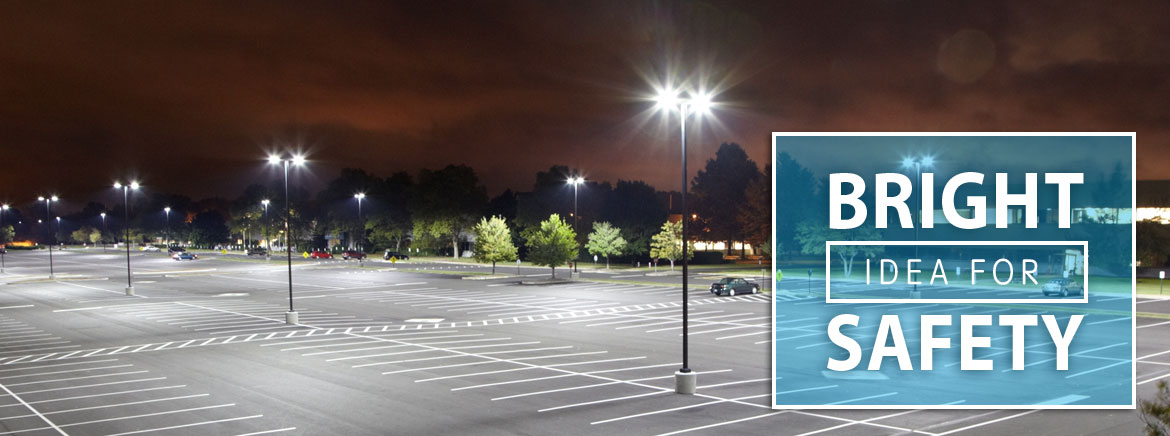
Bright Idea for Safety
Daylight Saving Time began on Sunday, March 13th, but don’t keep your employees in the dark. Instead, read how you can keep them safe….
For employees who begin their day early, the beginning of Daylight Saving Time may have them coming to work in the dark. Statistics show a well-lit facility not only makes people feel more secure but keeps them safer.
If you’ve been considering a lighting installation, SECO Energy makes it easy. We are glad to provide a quote absolutely free of charge. We offer a number of lighting choices to meet your needs and our convenient lease plan includes worry-free maintenance.
If you already have Cooperative lighting and are in need of a repair, our goal is to respond within 72 hours. Just call us at 1-800-732-6141 or if you prefer email us at arealightrepair@secoenergy.com. Be sure and include the GIS number on the front of the pole. If there are multiple lights on a pole, please use flagging tape and tie a knot on the side corresponding with the light needing repair. If both lights are out of service, place the knot in the middle.
Reminder: If your facility lighting, or other equipment, is controlled by a timer, be sure you adjust it for Daylight Saving Time.







